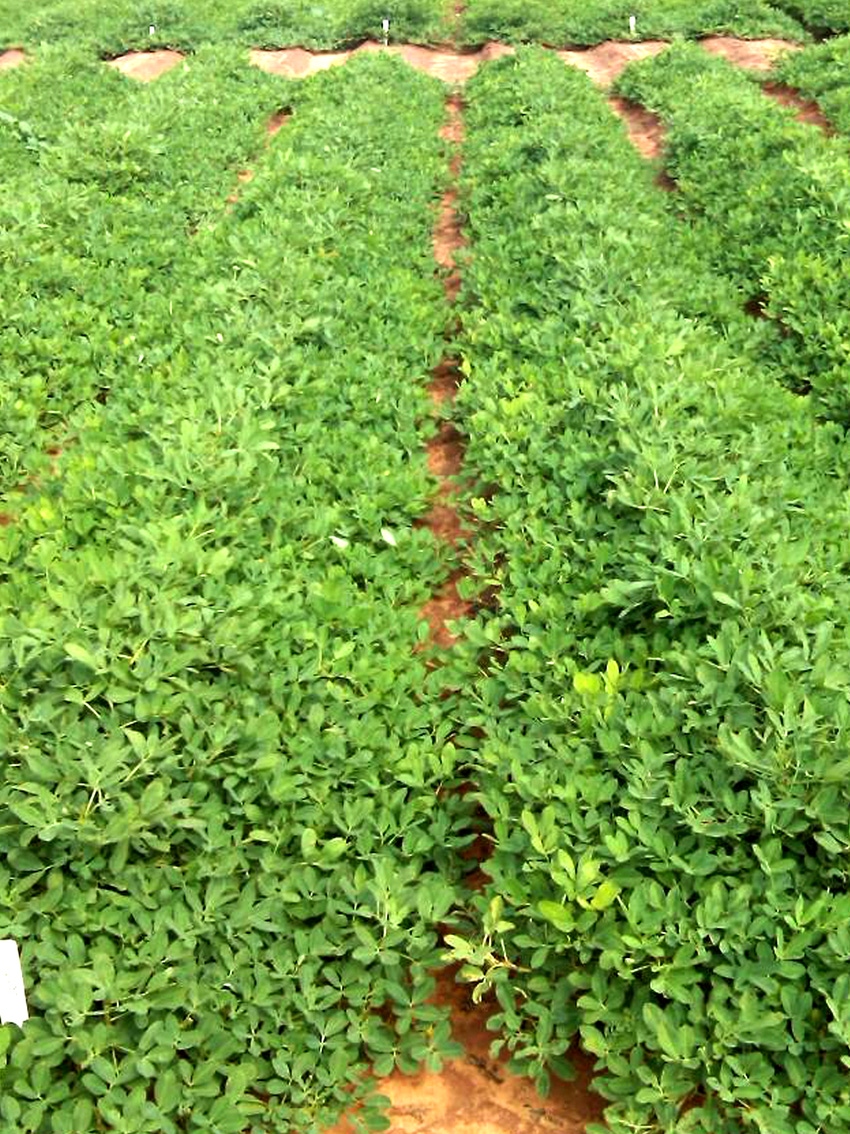
A ten-day stretch of cool, wet, overcast conditions in the Texas Southern Plains—peanut country—was probably more good than bad, although some producers are watching closely for signs of leafspot and Sclerotinia.
“It’s been wet,” says Texas AgriLife Extension pathologist and sate peanut specialist Jason Woodward, in Lubbock. “It’s been wettest where we have the most peanuts, Gaines County. That area has received as much as 7 to 10 inches of rain over the past two weeks.”
Woodward says he’s seen little evidence of washed-out fields, although he expects some isolated acreage has been damaged and he’s seen some washes along field edges.
“The plants were at a stage where they had already lapped, so we didn’t get a lot of washout,” he says.
That extended period of cool temperatures, high humidity and overcast skies did create an ideal environment for disease development, however. “That’s a good recipe for disease,” Woodward says. Conditions included frequent rain events of 1 to 2 inches “with some deluges.” On a recent trip into Seminole he says water was overflowing bar ditches.
Growers are watching for disease infestations, mostly leaf spot and Sclerotinia. “If growers are nervous about leafspot, they may want to invest a little money spraying, especially if they think they have good yield potential. For now, we’re watching, waiting and praying.”
For the latest on southwest agriculture, please check out Southwest Farm Press Daily and receive the latest news right to your inbox.
He says Spanish peanuts, for the most part, may be out of the woods, even though they are susceptible to leaf spot. “Many are looking at about two weeks to digging,” he says. “If they are seeing no significant defoliation they may let it go. The crop is made and just filling out.”
SCOUT FOR DISEASES
Late-planted peanuts may be different. “If producers are pushing these into late October for harvest, and have good yield potential, it could be in their best interest to apply a fungicide. Peanuts can take a good bit of defoliation without significant damage, but we want to make sure the disease doesn’t move from the leaves to the pegs.”
Woodward says he’s gotten numerous calls from producers wondering what to do. He recommends scouting to see what’s happening in the field.
Sclerotinia, he adds, may be of greater concern. “Sclerotinia is rolling. A lot of producers are on the backside of the first treatment and are ready to make a second application. They are mindful of this disease.”
He says several fungicides, including Omega and Endura, are available for Sclerotinia control. “Growers are taking care of Sclerotinia and applying full label rates. One shot may not be enough.
“The 10-day period of overcast, cool, wet conditions were also very conducive for Sclerotinia. If producers have fields with a history of it, they could see yield loss if not treated. Sclerotinia can be more damaging than leaf spot. We can control leaf spot fairly well.”
Woodward expects Texas peanut producers to harvest from 160,000 to 190,000 acres. “I see a lot of potential in this crop,” he says, although he admits that some isolated fields will not do as well. “The fields I’ve checked in the last few weeks looked good.”
About the Author(s)
You May Also Like






